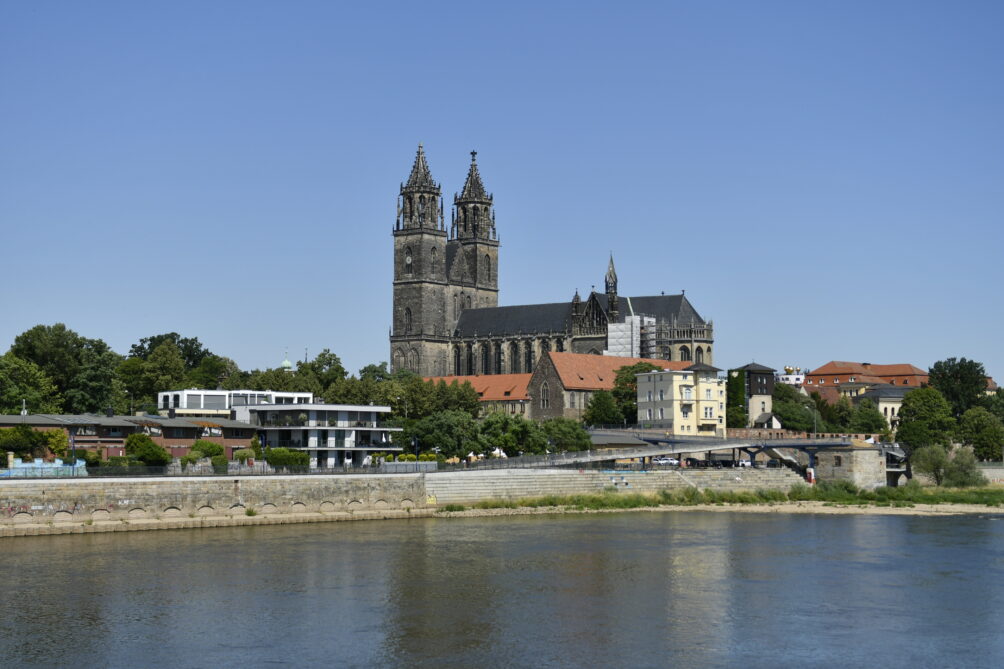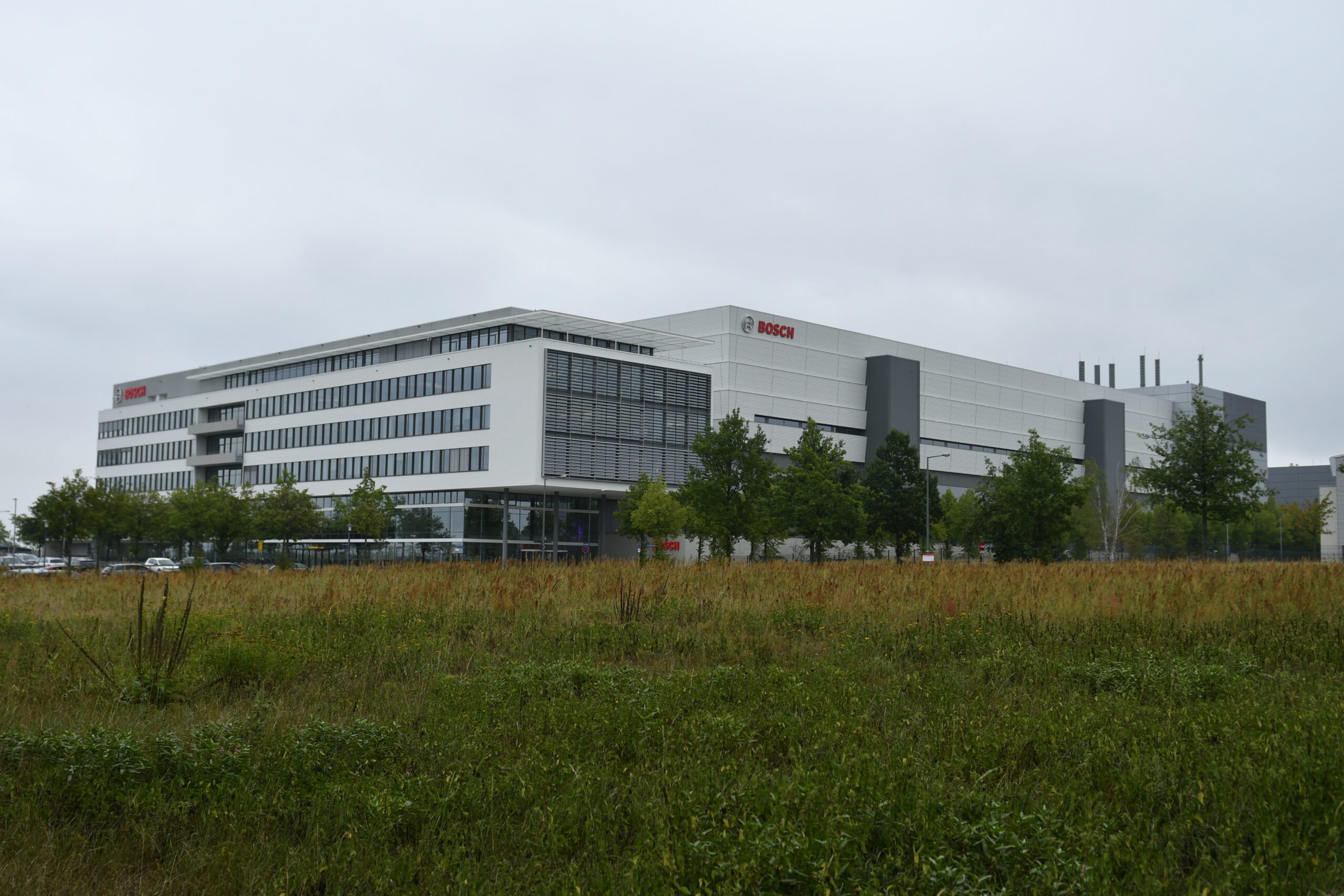
For some time now, the European Commission has been working on plans to take its own chip production to a higher level. However, one of the largest projects in this field has run into trouble. It concerns a gigantic chip factory that Intel wants to build near the city of Magdeburg.
The cost of this project is 17 billion euros, of which the German government wants to pay over 6.8 billion. But apparently, that’s not enough for Intel. The German newspaper Handelsblatt (in German) reported on Wednesday that the Americans want about 3 billion more. This would bring the subsidy to nearly 10 billion.
High power costs
It’s been clear for some time now that Intel is dissatisfied. Last month, Intel’s chief global operations officer, Keyvan Esfarjani, said in an interview with Die Zeit that “a chip factory with power prices of 50 cents per kilowatt hour cannot compete with the rest of the world.”

According to Esfarjani, an electricity price of 6 to 8 cents has been taken into account when planning the factory. However, due to the war with Ukraine, electricity prices have risen and are currently around 40 cents.
A possible solution could be a private wind farm. According to the state of Saxony-Anhalt (of which Magdeburg is the capital), this is being worked on. In that case, the electricity price could drop to about 10 cents.

ASML machines
That would of course help. But it’s not just energy costs that are rising. An Intel spokesperson told regional broadcaster MDR (in German) that it is also about higher construction costs that have risen with inflation. As a result, the investment may be higher.
According to Handelsblatt, it also depends on the machines Intel wants to purchase for the factory. Intel would like to use ASML’s most advanced equipment, the so-called high-NA EUV machines that use extreme ultraviolet light, according to the newspaper. These machines are better and more efficient, but also more expensive.

Chips act
For Germany and Europe, the Intel project is of great importance. With the “European Chips Act”, Europe wants to launch an investment wave that closes the gap with Asia and the US in the field of semiconductors. The EU has a market share of less than 10 percent.
The Intel factory also promises 10,000 new jobs for an economically weak region in East Germany. So for Germany, it is two birds with one stone. Another project in the making is a chip factory of the American Wolfspeed in collaboration with the German ZF in Saarland.
Intel also has European investment projects on the agenda in France, Poland, Ireland, Italy and Spain. Intel’s European base is now in Ireland, near Dublin.
Exaggerated
Whether Berlin is willing to put more money on the table is unclear. According to Handelsblatt, Intel’s claims are partly seen as blackmail. Intel is said to be exaggerating, especially with regard to energy costs. After all, there is a good chance that energy prices will have fallen considerably in a few years’ time.
But even if Berlin was willing to increase the subsidy, Brussels would have to agree as well. The European Chips Act allows governments to subsidize semiconductor projects, but how much is still unknown. In fact, the entire Chips Act was announced last year by EC President Ursula von der Leyen but has not yet been officially approved.
If the Chips Act is passed, it should provide nearly 50 billion euros in additional investments. Europe is in good company with this, because the US has also set aside USD 50 billion through the so-called CHIPS and Science Act.


